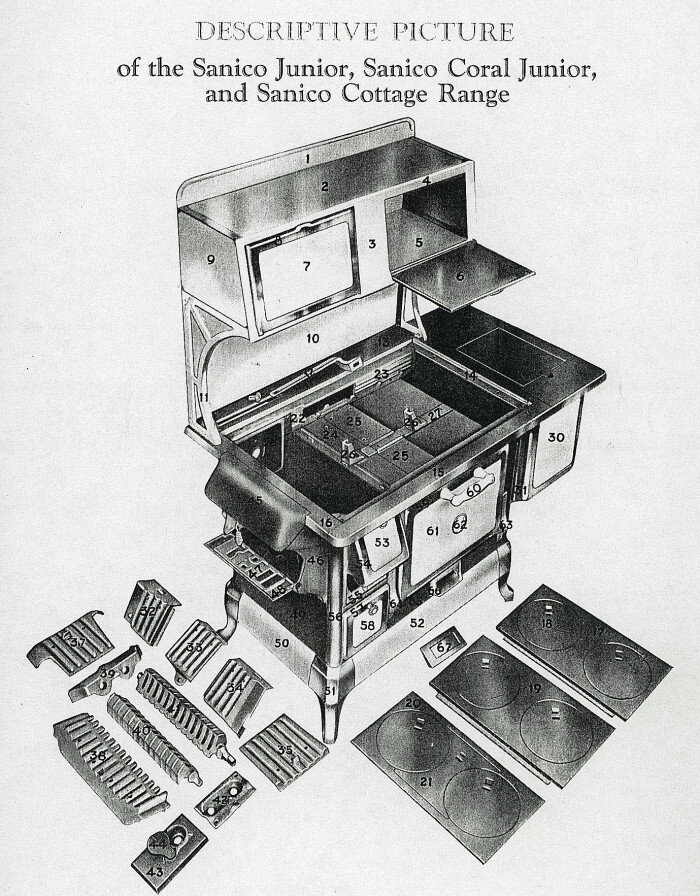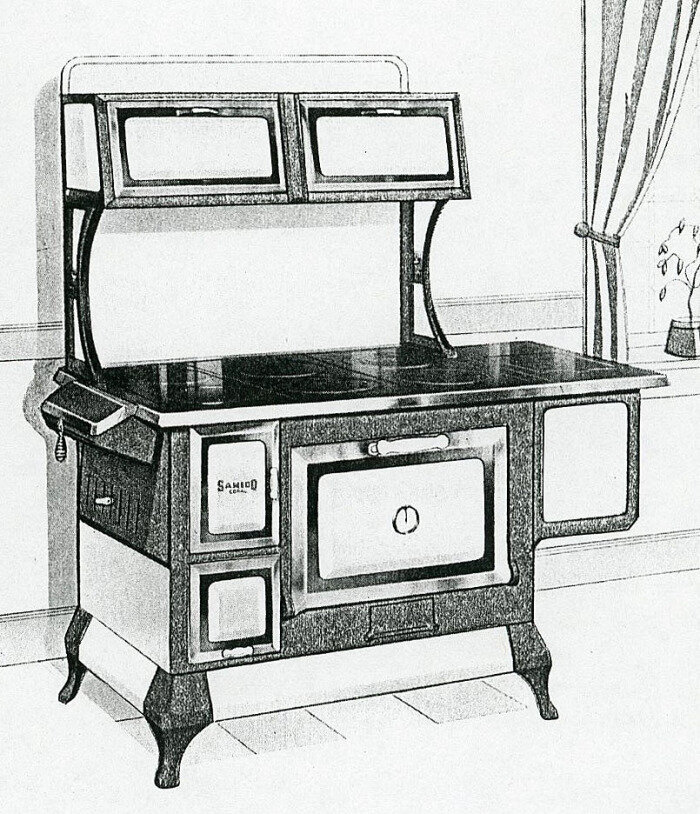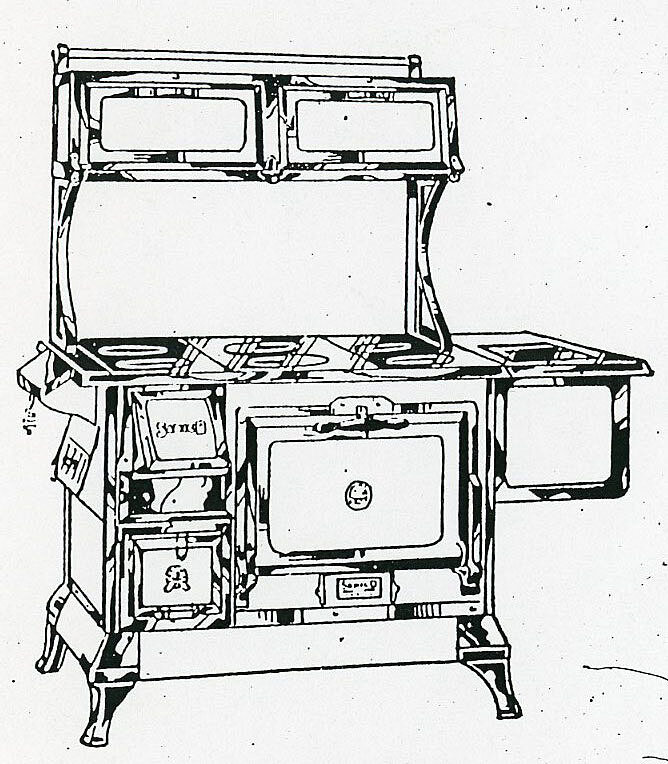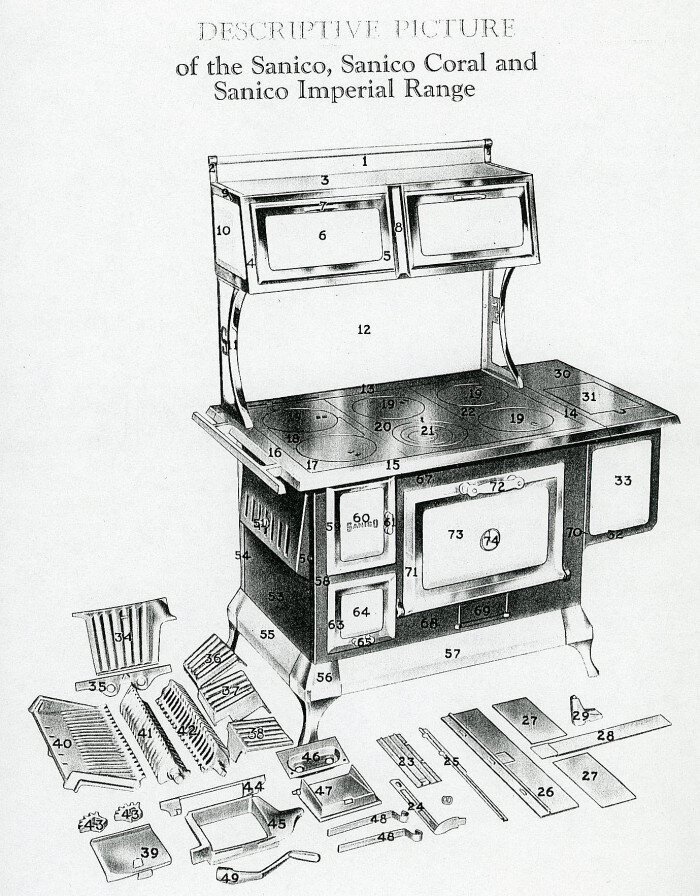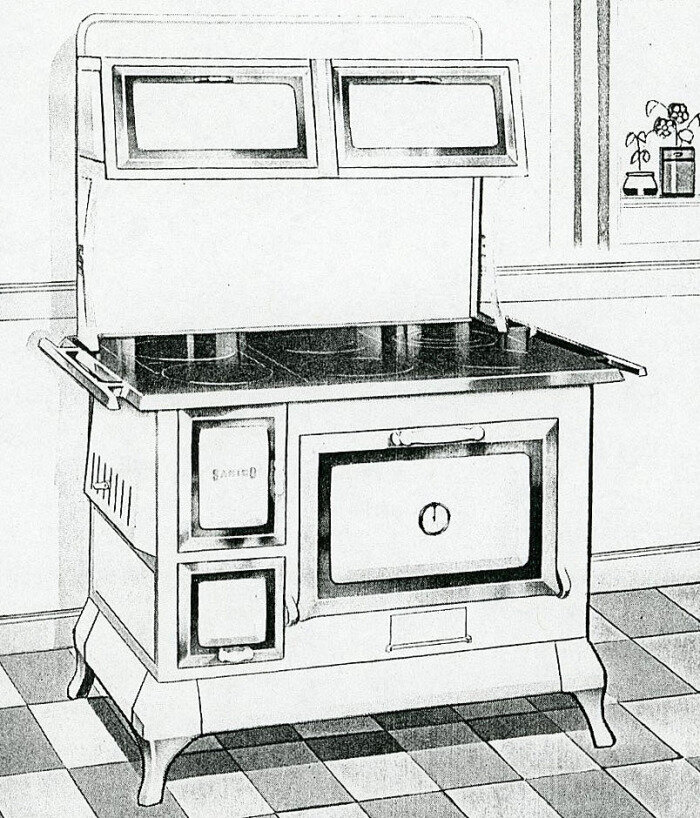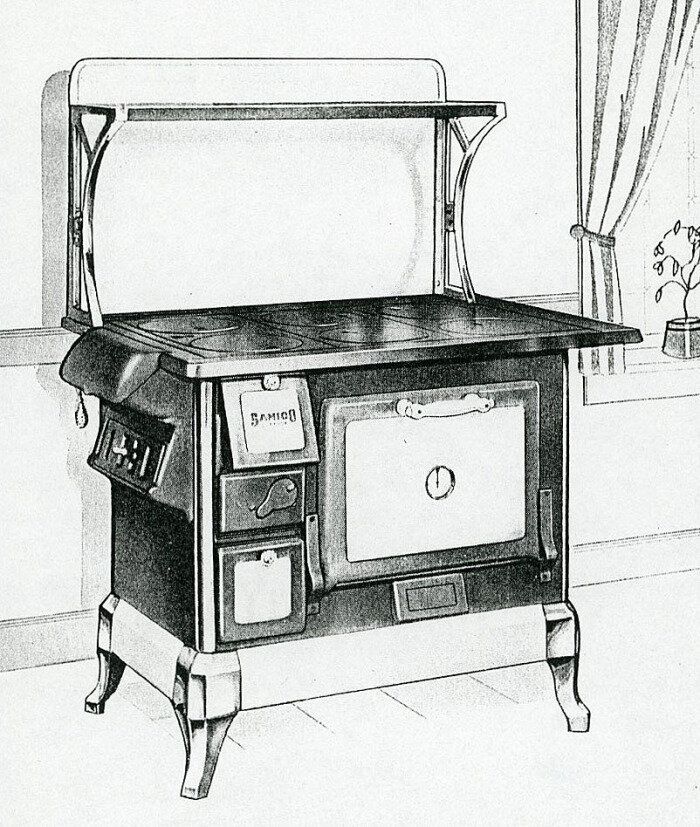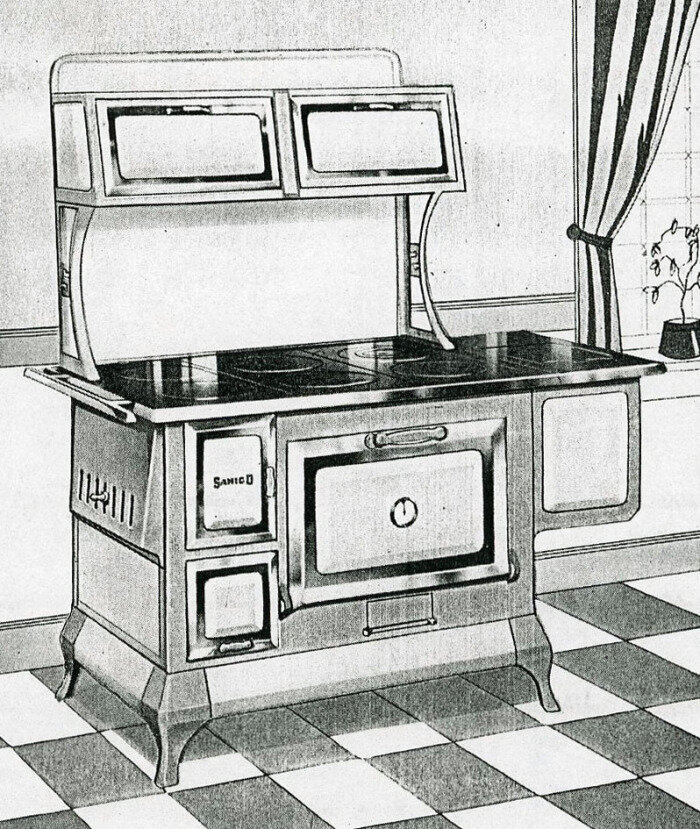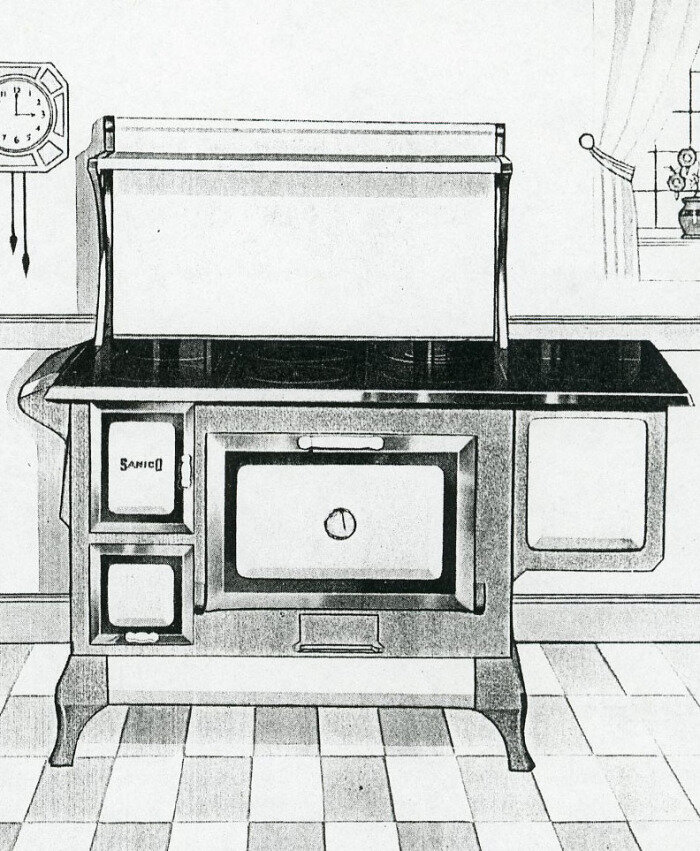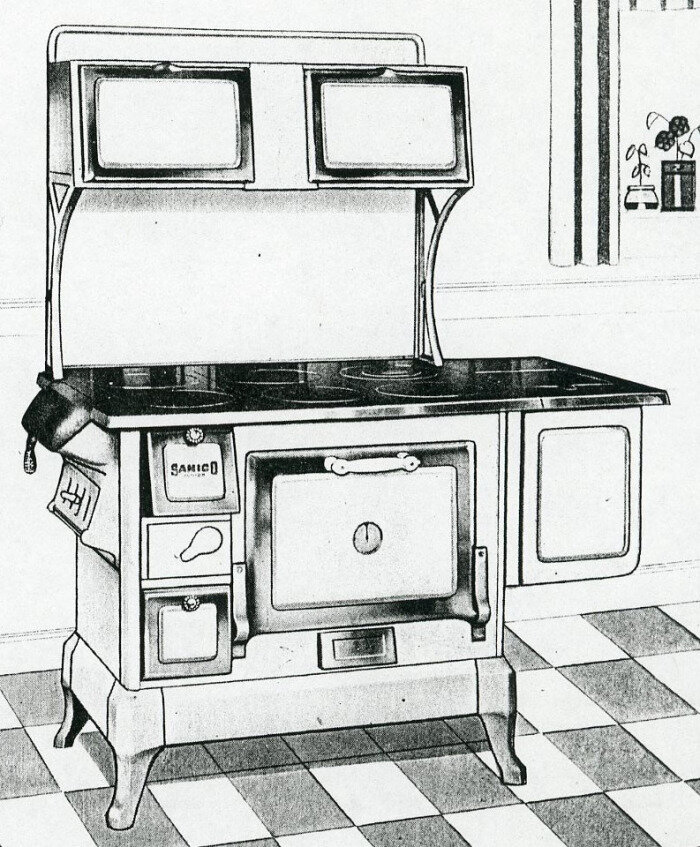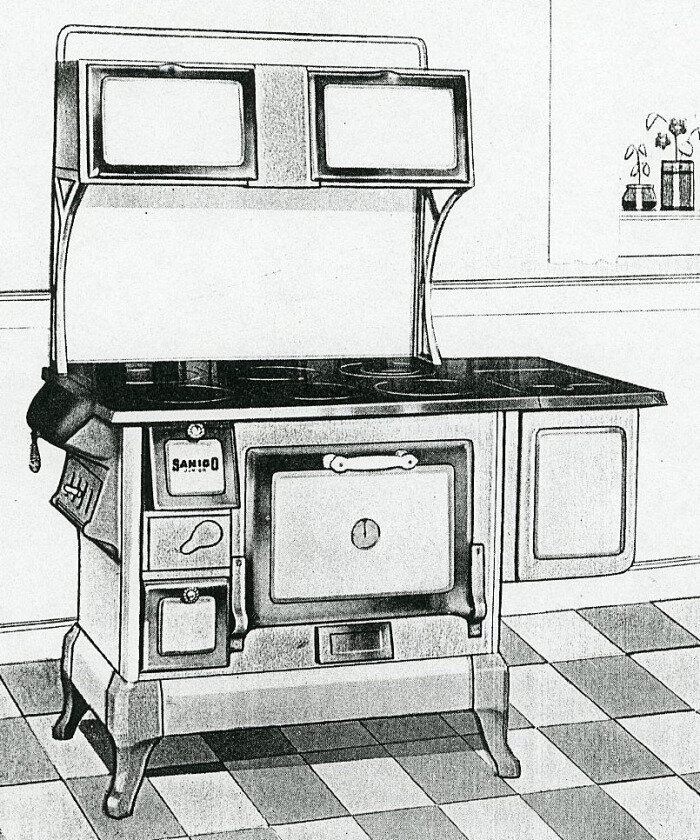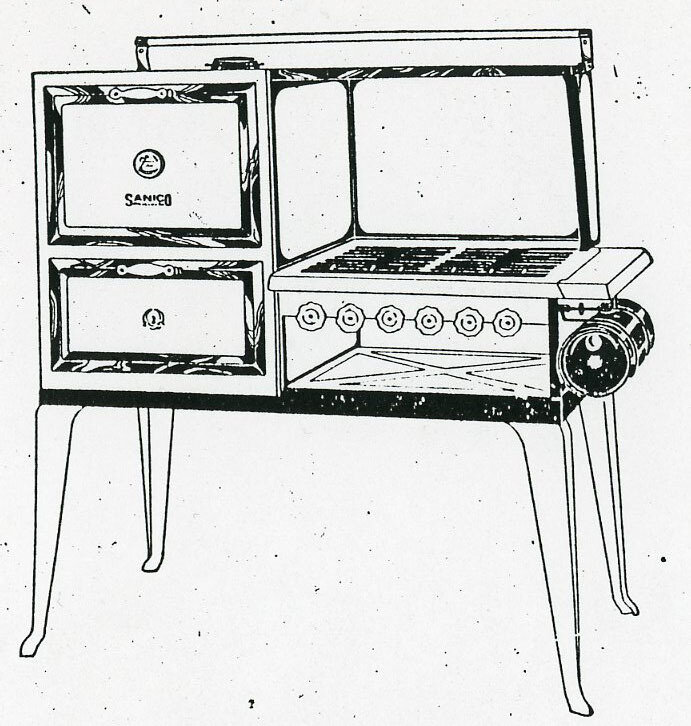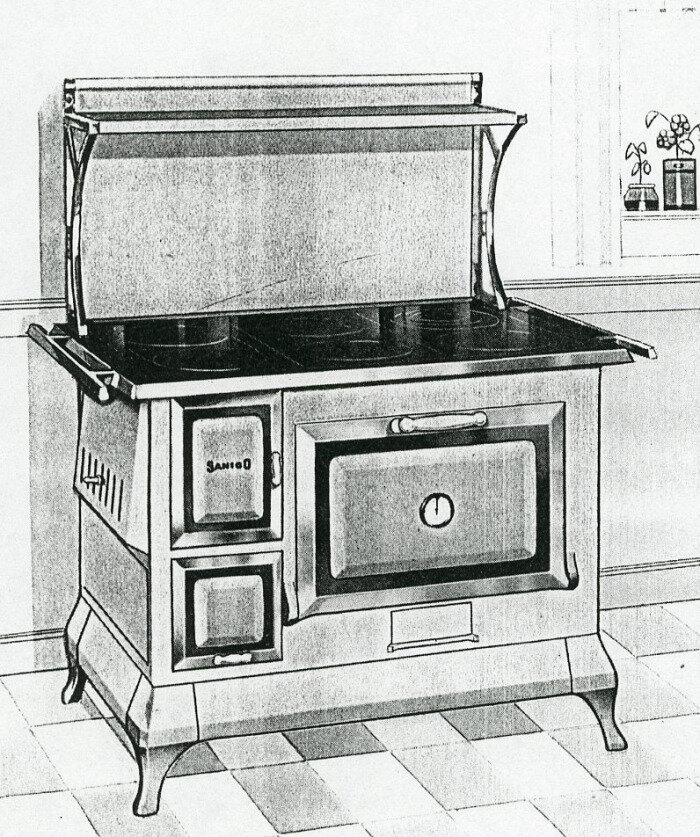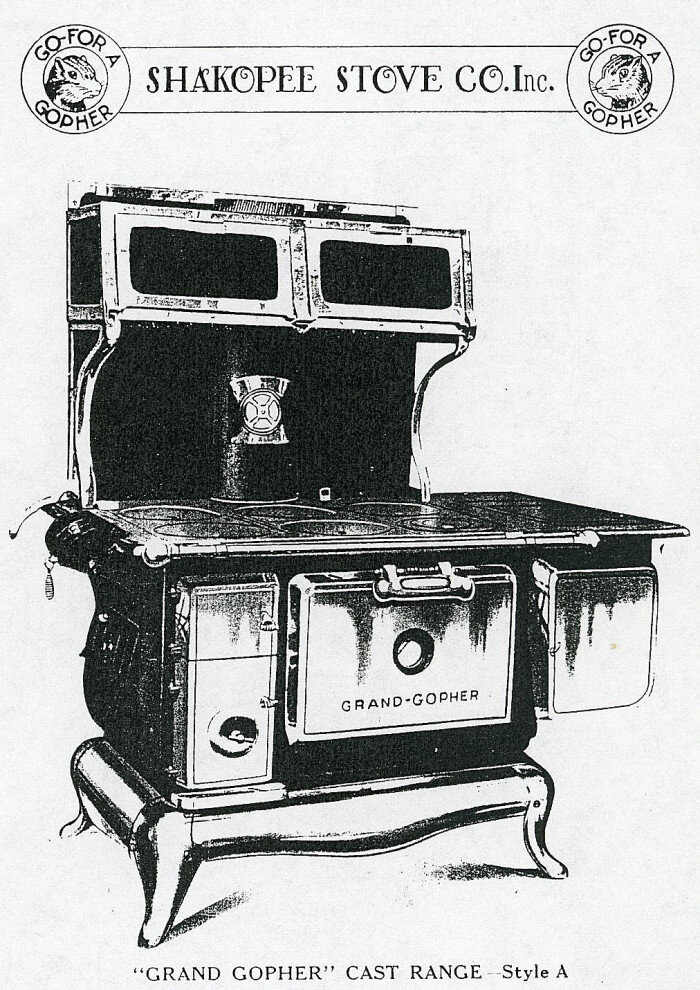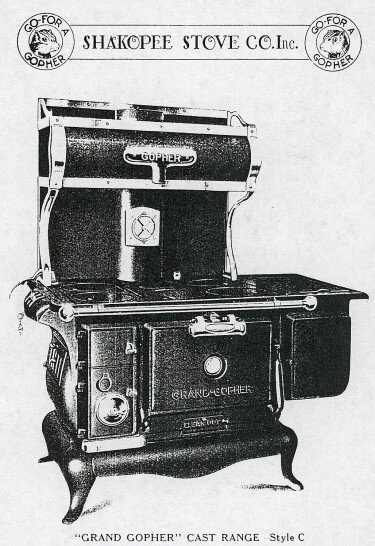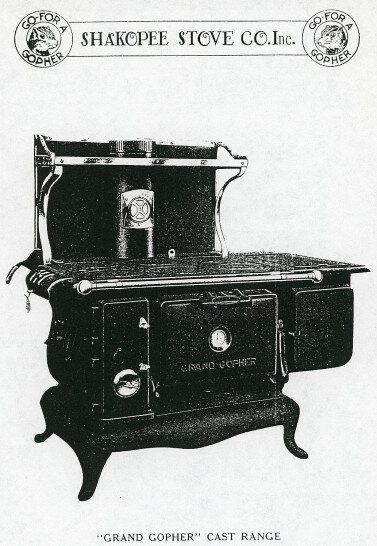The introduction of these items was viewed with derision by many early base ball clubs. The Quicksteps included a popular poem along with their rule set that reads, “We used no mattress on our hands no cage upon our face we stood right up and caught the ball with courage and with grace.” Along with the outfits and equipment, the fields and team positioning have undergone various changes.
Before a time when public base ball diamonds were readily available, early diamonds were often impromptu and could vary widely. Firstly, most games were not played on dirt diamonds. Baseball players in these early days took their bases and set up their games in fields of grass. Bases were canvas or a similar material stuffed with sand or sawdust. These sat loosely on the field instead of being pinned down. The hurler’s (pitcher’s) plate and home base were often made of metal or wood. In these early day, the size of these plates and the distances between them changed frequently.
The players positions on these fields were much the same as they are today. The biggest differences were in the positioning of the shortstop, the behind (catcher), and the umpire. The positioning of these players and the umpire changed as their roles in the game changed. Initially, the shortstop was not really a defined position. This player would play anywhere on the field. Over time players came to the realization that having a player in the modern shortstop position would be a good idea seeing how frequently the ball is struck to that position. The behind, unlike modern catchers, was a glorified ball stop. They stood further back from the pitcher than they do now and were not involved in making plays in quite the way they do today. This is, in part, due to the relationship between the hurler and striker (batter) being different. It is also due to the lack of protective gear.
You may be now wondering, “if the catcher is standing further away, where is the umpire.” The answer is, between first base and home base. While this is not an optimal viewing position, it worked well seeing as the umpire had different responsibilities at the time. Players were expected to be well capable of following the rules on their own. The umpire was not there to call every play. They stepped in so that they could keep the game moving if it slowed down. The umpire would call strikes and balls only if the time at bat was taking too long. They also called balls fair or foul. The only other time they commented was when their arbitration was asked for.
Seeing as we have begun to touch on the rules, let us continue by discussing these differences. The Quicksteps played their game based on a set of 33 rules adopted in 1858 that were known as the New York rules. Comparatively their were only 20 Knickerbocker rules and in the 2017 Major League Baseball rulebook there are 9 sections of rules divided into 70 subsections with 32 clauses and 2 sub-clauses. Despite this, a good portion of the modern game looks quite similar to what it would have been when played by the Quicksteps so we’ll focus on the most glaring differences.
We’ll go step by step through the phases of play and how they differ, starting with the pitch. Base ball pitches of 1858 and prior were all done underhand. This is partially due to the fact that base ball evolved out of games like rounders and cricket which were both played with underhand pitches.
This also due to, a point we touched on earlier, the purpose of the hurler being different at this time. Base ball was much more focused on the idea of the ball being played in the field. The hurler was permitted to apply things such as soap, grease, or mud to make hits less effective but it was still about playing the ball in the field. The goal of the hurler was not to strike out their opponent, instead they were supposed to make it so the ball could be hit. For this reason, the striker (batter) would actually point to where they wanted a pitch thrown. As discussed, strikes and balls were not taken into consideration unless the umpire felt they needed to keep the game moving. If an umpire felt that the hurler was throwing the ball where the striker could not reasonably hit the ball the umpire would give the hurler a warning. It the hurler continued to throw poorly, the umpire would begin to call balls. On the other hand, if the striker did not swing at good throws, the umpire would warn the striker and then call strikes from then on. As it is today, a swing and a miss was still considered a strike.
Once the ball was hit, you would perhaps notice a few more changes. Rules of fair and foul are practically the same as they are today. If the ball goes out past the lines formed by first and home or third and home, the ball would be called foul. A ball that hit something like a tree or privy, though, would not count. If a ball were hit fair and did not hit something that made it not count then the ball would be played no matter where it went. There was no such thing as a home run in the early days of base ball. A contributor to this, was that games were usually only played using one ball. If you wanted to continue playing you had to get the ball regardless. As it is today, catching a fair ball before it hit the ground is one way to get a batter dead (out). However, going by the 1858 rules their was a bit more room to get a batter out by catching the ball. If a ball was caught off after only bouncing once, that striker would still be dead. Unlike today’s rules this could also be done with foul balls either on the fly or after having bounced only once. An interesting rule related to this is that if the ball was caught after a bounce, players on bases could be made dead if they had left their bases. On the other hand, if the ball was caught mid-air players on the bases were permitted to freely return to their places.
Interestingly, in the case that someone did ace (score a point), that ace did not immediately count. It was the the responsibility of the acing player to go report to the tally keeper. The tally keeper would record the ace and the player would ring a bell to inform the cranks (fans) of this.
That is the last of the most apparent differences between the 1858 version of base ball that the Quicksteps played and modern professional league games. However, there is one last interesting fact to bring up. Like modern games the Quicksteps played their game with 9 innings. However, the original Knickerbocker Rules did not have a set number of innings. Instead the game ended once one team had 21 aces and only after both teams had an equal number of turns at bat. To a modern audience this may sound ludicrous seeing as games that never leave the single digits are not uncommon. This was less ludicrous than it seems though. Around 1845 balls were known to be much smaller and bouncier than they are today. It was more common for the balls to get launched and for scoring to go much faster than we would see today.
As stated, only the most glaringly obvious of changes between the games the Quicksteps played and modern professional league baseball have been noted. There is so much more nuance to explore, so if you’re interested by this topic you are encouraged to explore. This post is far from definitive and only focuses on one rule set so if you are curious there is far more to learn.
Written by Tony Connors, Curatorial Assistant.





